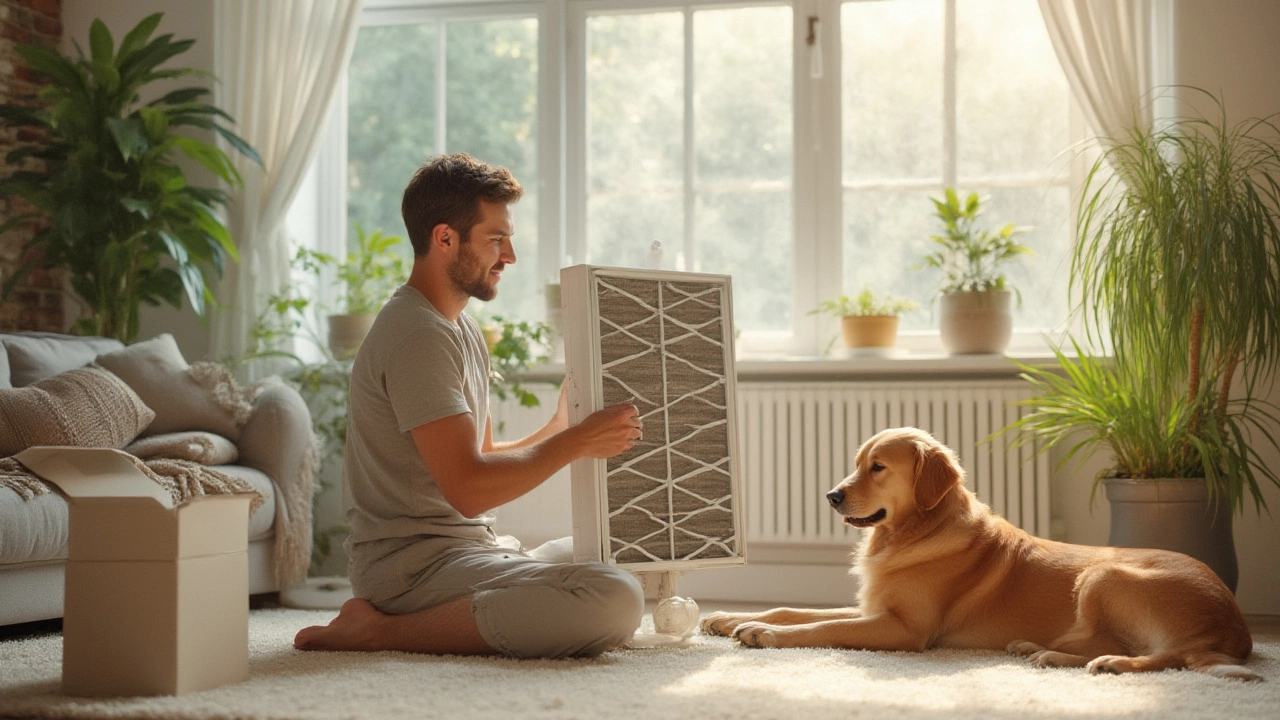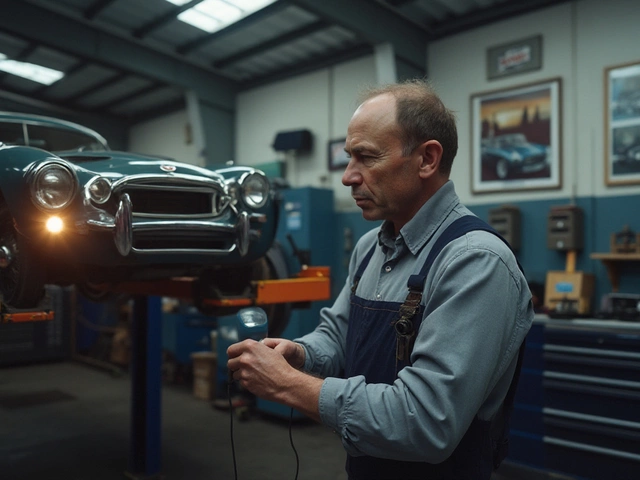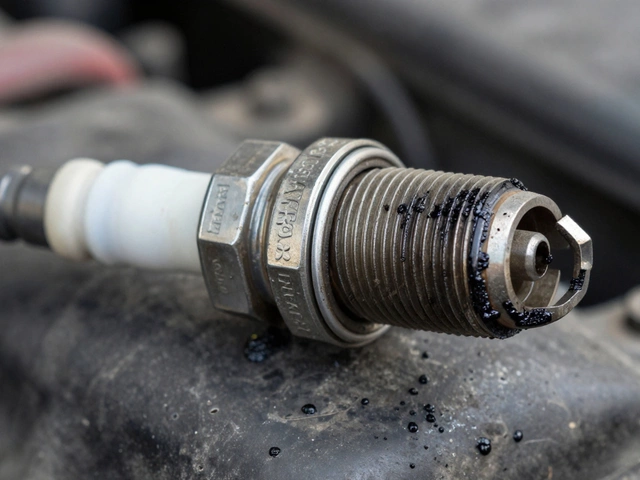Whole House Air Filters: Simple Ways to Breathe Easier at Home
Ever wonder why you still cough or sneeze even with the windows shut? The air inside your house may be full of dust, pollen, and tiny particles that your regular HVAC filter can’t catch. A whole house air filter steps in to clean the air before it reaches every room, helping you feel better and keeping your heating and cooling system happy.
Choosing the Right Whole House Filter
The first thing to figure out is the filter’s rating. Most filters use an MERV (Minimum Efficiency Reporting Value) number – the higher the number, the finer the particles it traps. Fiberglass filters sit at MERV 1‑4 and are cheap but only catch big dust. Pleated filters often land around MERV 8‑11, catching pollen, pet dander, and some mold spores. If you have severe allergies, an electrostatic or a true HEPA‑style filter (MERV 13‑16) can make a noticeable difference.
Size matters too. Check the panel of your HVAC system – you’ll see dimensions like 16×25×1 inches. Using the exact size ensures a tight fit; a loose filter lets dirty air slip around the edges. If you’re not sure, measure the frame or ask a local shop to help you find the right size.
Cost is another factor. Fiberglass filters cost a few pounds, while high‑MERV pleated or electrostatic ones can be ten times more. Think of it as an investment: a better filter can lower your energy bills because the system doesn’t work as hard to push air through clogged media.
Maintaining Your Filter for Best Performance
Even the best filter loses its mojo over time. Most manufacturers recommend swapping it every 90 days, but if you have pets, smoke, or a dusty garden, you might need to change it every 30‑60 days. A quick visual check is easy – hold the filter up to light; if you can’t see through it, it’s time for a new one.
When you replace the filter, turn off the HVAC fan first. Slide out the old filter, note the arrow that shows airflow direction, then slide in the new one with the arrow pointing the same way. This tiny step prevents air from bypassing the filter.
Keep an eye on your energy bill after installing a higher‑MERV filter. If you notice a jump, it could mean the system is struggling with the denser media. In that case, you might need a more powerful blower or simply drop to a slightly lower MERV rating.
Finally, remember that a whole house filter works best when it’s part of a broader indoor‑air plan. Vacuum regularly, wash bedding in hot water, and consider a portable air purifier in the bedroom if you’re especially sensitive.
With the right filter and a bit of routine maintenance, you’ll notice cleaner air, fewer allergy flare‑ups, and a HVAC system that runs smoother. Ready to upgrade? Grab the size you need, pick a MERV that matches your health goals, and start breathing easier today.
 14 July 2025
14 July 2025
How Often Should You Change Your Whole House Air Filter for Best Performance?
Discover how often you should change your whole house air filter, why it matters, signs you've waited too long, and tips to keep your air clean and your HVAC happy.
Latest Posts
-

Signs You Need a New Car Suspension and What to Look For
-

How Long After Changing the Air Filter Will AC Work? Quick Results Explained
-

How to Tell If Your Car Is Low on Oil: A Practical Guide
-

Choosing the Ultimate Exhaust System for Your Ride
-

How Do I Tell If I Need New Spark Plugs? Signs You Can’t Ignore

0